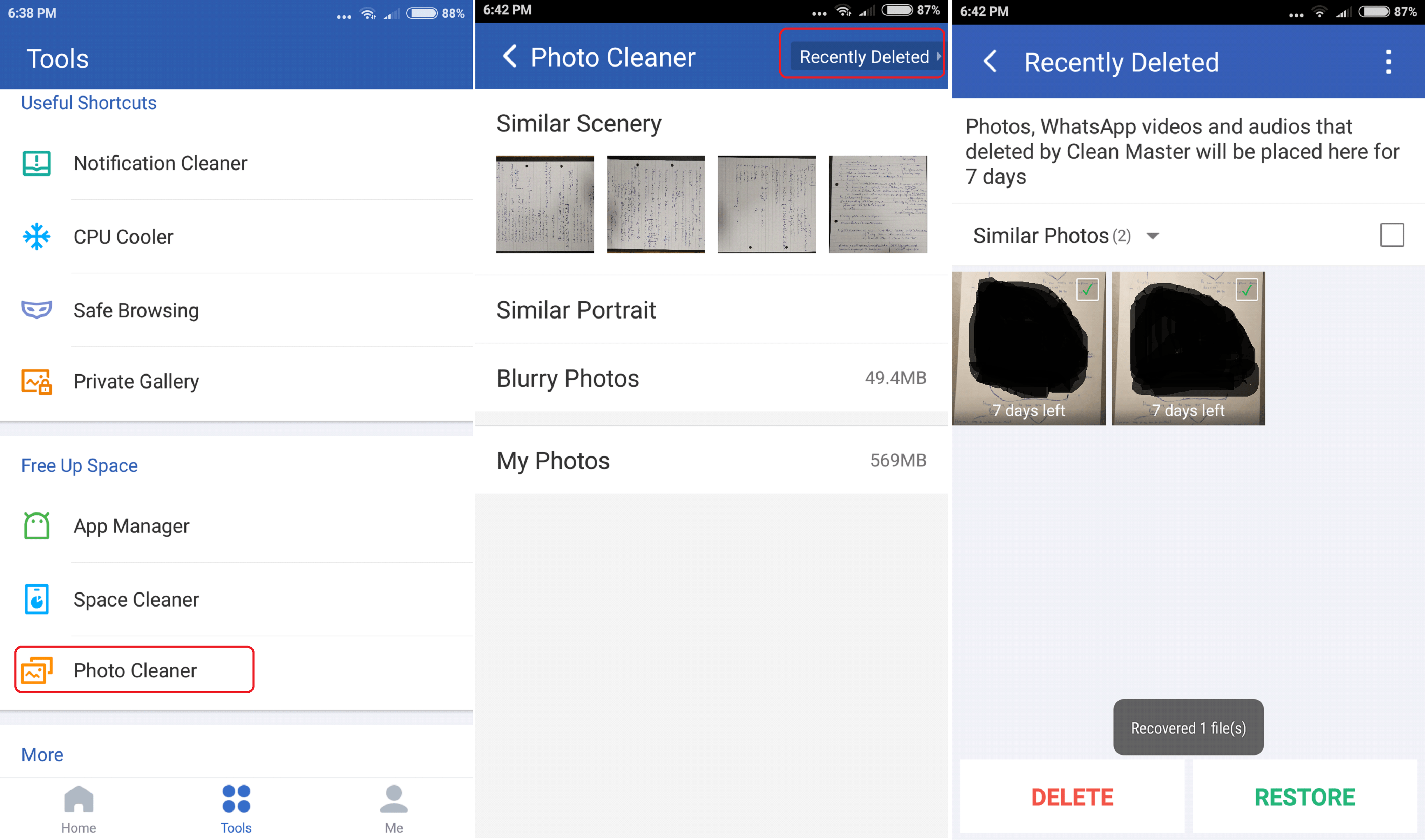On Android, the result of maxing out your storage is the appearance of the annoying “insufficient storage available” notification. Freeing up your device’s storage usually involves plugging the device into your computer, where you can unload your photos and videos. In this tutorial, we will guide you through tips on how to seamlessly and wirelessly clean up storage space on your Android smartphone and tablet.
Default option
Before jumping into the third-party options, let’s take a look at what Android offers. Users can seamlessly check out how much storage capacity each file type captivates by heading up to the Storage section, located in the Settings menu. As you can see from the image posted below, the Storage feature offers a comprehensive list of what’s taking up space on your phone. That’s a great way to gain an initial impression of your phone’s storage before starting to erasing things.

Similarly, in the Settings menu, you can find another option called ‘Installed Apps’, which lets you know exactly how much space each app captivates. Through this feature, users often find applications that they rarely use, yet take up a significant amount of space.

Third-party option

For the first two tips, we will be using ‘Clean Master’, an app that you most likely already have installed on your phone. For those who haven’t, Clean Master can be downloaded for free from Google’s Play Store.
Tip #1: Clean up your junk files
Most apps, whether you frequently use them often or not, create a bunch of useless files that take up plenty of your phone’s storage. Social networking and entertainment apps, such as Facebook, Instagram, and YouTube, usually create the biggest amount of junk.

To get rid of the unnecessary files, open up Clean Master and then select the ‘Junk Files’ tab. Wait a few seconds until it loads them all up and then hit ‘Clean Junk’ button. As you can see, in my case, the amount of garbage files is quite considerable. We would recommend you to check out how much ‘Junk files’ your phone has accumulated at least once a week.
It is also worth noting that when the user chooses to delete an app, Clean Master will produce a pop up on his screen asking if he wants to delete the app’s residual files, an action that in some cases could save up to 100MB of storage.
Tip #2: Clean up duplicate or blurry photos
If you take a lot photos with your smartphone then you should absolutely follow the particular tip. Granted that you own a phone with a mid-range camera (minimum standard), then each photo you take usually weighs about 3-5MB. Therefore, when you snap a lot of pictures during the week that can quickly lead to your phone’s storage being maxed out.
Thankfully, Clean Master has got you covered here as well. Open the app and select ‘Tools’ > ‘Photo Cleaner’.
The app will then scan your photo album and show you ‘similar’ and ‘blurry’ photos that you could delete to save some space. Click on either of the two categories and then select which of the recommended photos for deletion you actually wish to erase.

Moreover, if you accidentally delete a few photos, you can restore them by visiting the ‘Recently Deleted’ tab. The photos will stay there for seven days after their original deletion.

Tip #3: Delete some of your apps or old downloaded files
Most smartphone buffs – including yours truly – have a whole bunch of apps downloaded on their phones, plenty of which have never been actually used. In that case, head up to Settings>Apps, see which of the least-used apps take up most of your space and get rid of them. The same applies to your downloaded files as well; open your phone’s ‘Downloads’ app and follow the same steps.
If you encounter any problems while trying out any of the above or have a recommendation to make, feel free to shoot a comment down below.